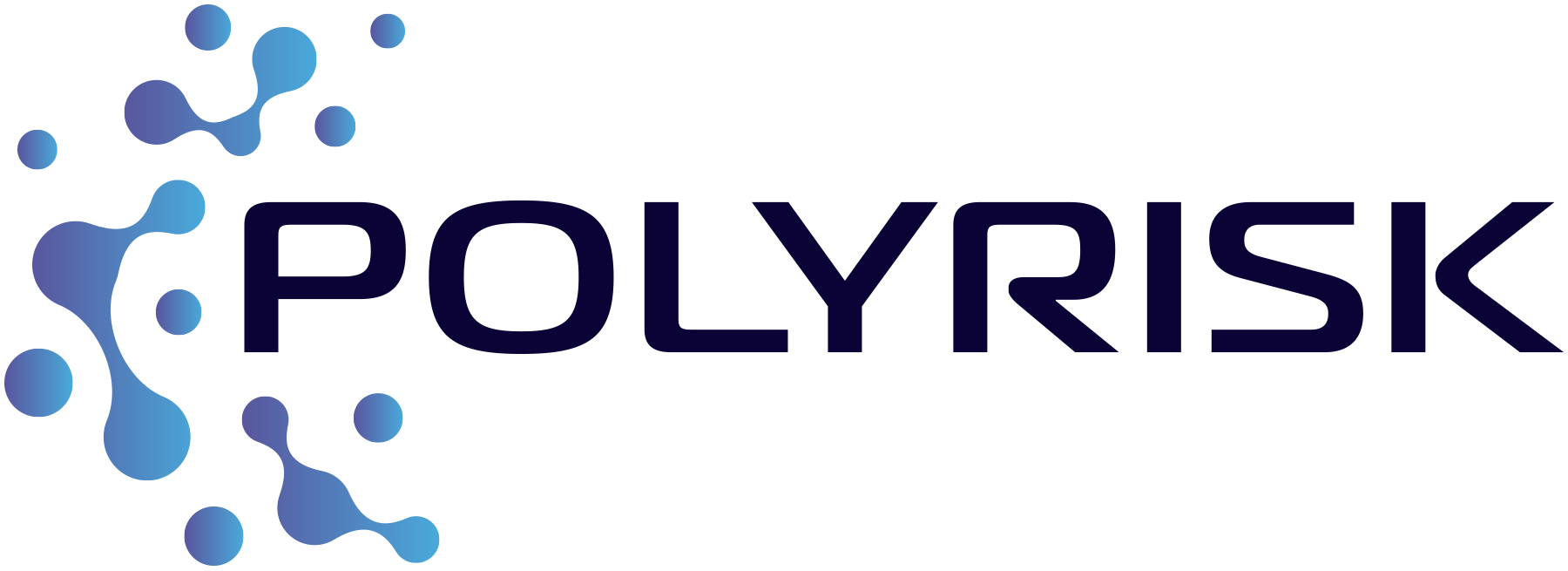An interview with Lorenzo Scibetta

“From a scientist’s perspective, we are all excited because understanding the health impacts of nano- and microplastic particles is new territory. Every discovery is exciting because we are basically opening new frontiers,” says Lorenzo Scibetta, PhD researcher at the Faculty of Science, Chemistry for Environment and Health at Vrije University of Amsterdam, a POLYRISK partner.
Lorenzo has been doing research on this topic for five years, alongside other scientists across Europe. As the project ends, he reflects on what progress they made and what they still don’t know: “POLYRISK has set up a solid base for future studies to understand what’s going on when plastics enter our bodies”.
“I think when we started there was an underestimation of how difficult this analysis and field is. Now that we understand how to analyse plastic samples and how things should work – this is an important step for future research,” he explains.
Lorenzo along with fellow POLYRISK researchers found that breathing in micro- and nanoplastic particles released from car tyres in traffic can trigger an immune response. His role was analysing hundreds of samples that were tested within the project, from air filters to blood samples, for levels of micro and nano-plastics and tyre particles.
Currently, his laboratory is the only one in the world that can do this type of analysis. He hopes that soon more labs will be able to follow suit. Detecting these particles is a difficult process because of how pervasive they are in the environment.
“It’s both terrible and fascinating to see how high the level of contamination of plastic is. I don’t think that there are many pollutants that can be found anywhere from the bottom of the ocean, the peak of a mountain, or in human blood,” he says.
This presents a key challenge for research because it’s hard to avoid cross contamination – whether it is from clothes, materials in the lab themselves, or particles getting caught in hair. Despite this challenge, Lorenzo likes that his research is concrete and has the potential to make a real difference.
“Microplastics are a new kind of pollutant. It’s very interesting to understand if it’s dangerous for human health, how dangerous it is, and the consequences that this can have on society. Based on our research, the European Union may decide plastics pose a risk to human health, and adjust the way and amount produced,” says Lorenzo.
He is, however, adamant that although researchers are concerned about plastic particles, at this stage there’s no reason to panic. “It’s good that people are aware that plastic is a pollutant and that it may have some effects on health, but we still don’t know how dangerous it is,” Lorenzo says, “What people can already do is make small choices to reduce plastic pollution like buying alternatives to plastic products and recycling any plastic that people do use.”
The next step for this field of research beyond POLYRISK is to understand what happens in our bodies over time as we accumulate more plastic, says Lorenzo. Current studies have mostly focused on immediate effects after exposure, however it is likely that longtime exposure to plastic has stronger health effects.
He also hopes that the EU will work to regulate some aspects of plastic pollution in the coming years: “I hope that there will be new policies to address the amount and type of additives in plastic or generally reduce the amount of plastic that is produced each year. That would already be a good first step.”
Find out more about Lorenzo’s and POLYRISK’s work on micro and nano-plastics
